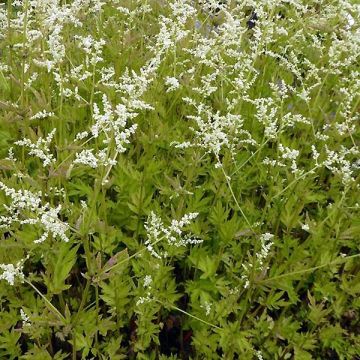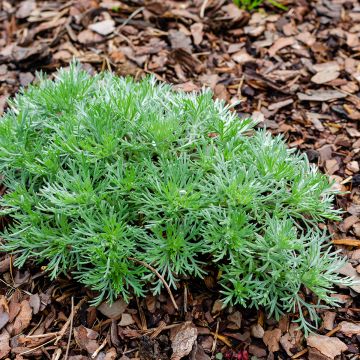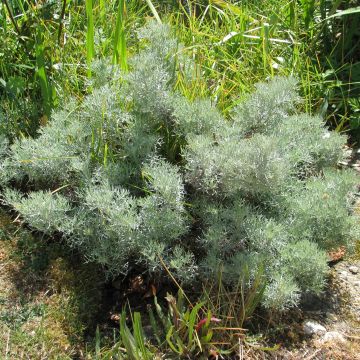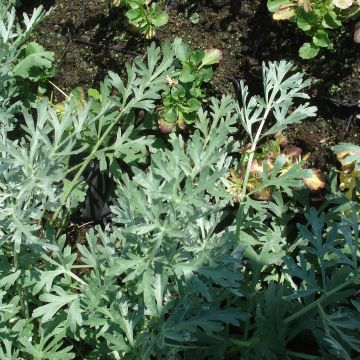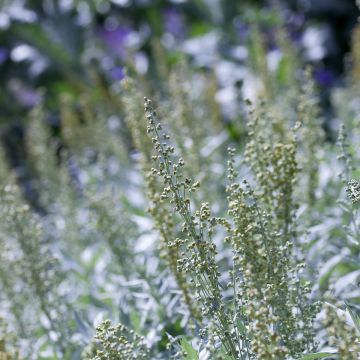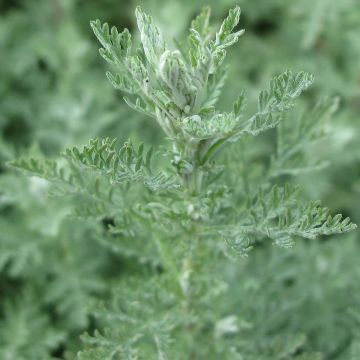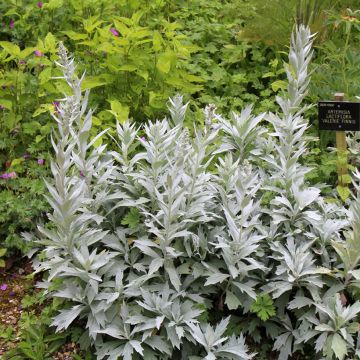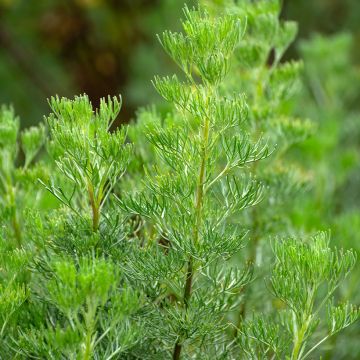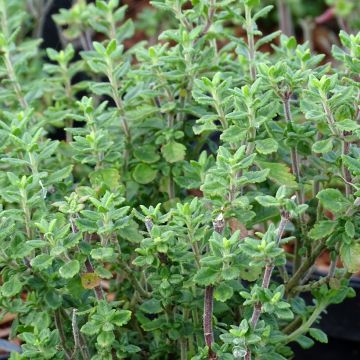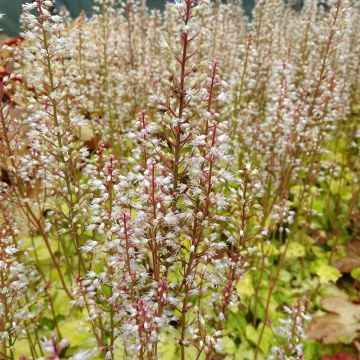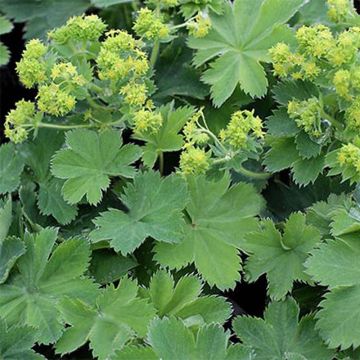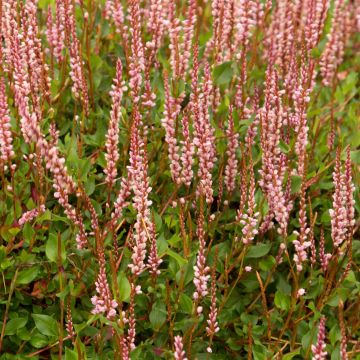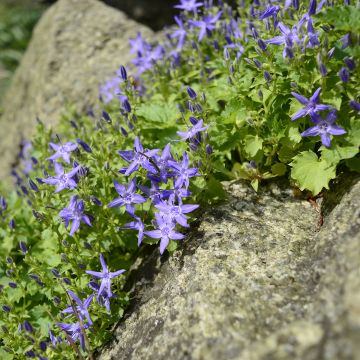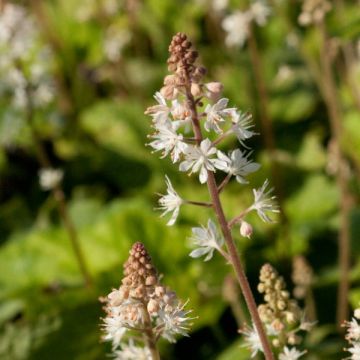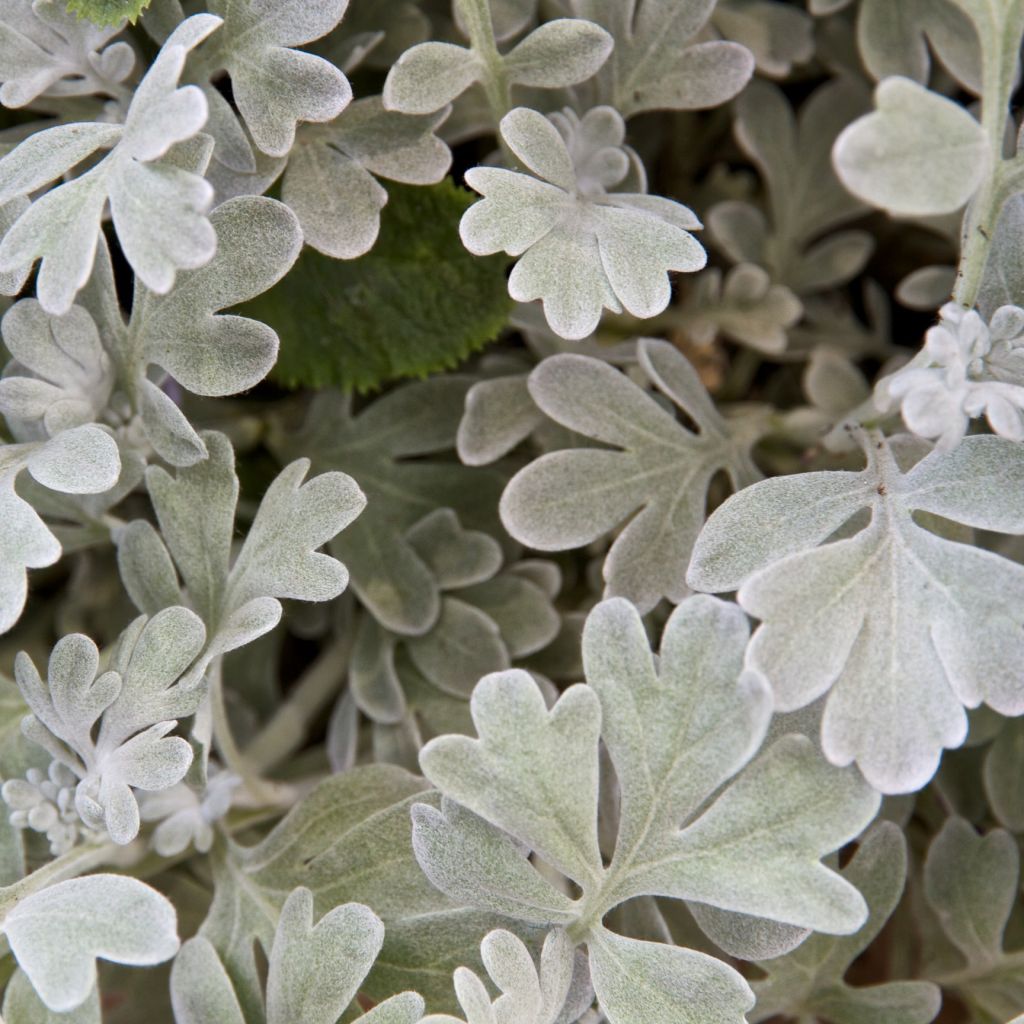

Artemisia stelleriana Boughton Silver
Artemisia stelleriana Boughton Silver
Artemisia stelleriana Boughton Silver
Dusty Miller, Beach Wormwood, Oldwoman, Hoary Mugwort
This item cannot be shipped to the selected country
Delivery charge from €5.90
Delivery to Corse prohibited
More information
Delivery charge from €5.90
Delivery to Corse prohibited
More information
Schedule delivery date,
and select date in basket
This plant carries a 12 months recovery warranty
More information
We guarantee the quality of our plants for a full growing cycle, and will replace at our expense any plant that fails to recover under normal climatic and planting conditions.
From €5.90 for pickup delivery and €6.90 for home delivery
Express home delivery from €8.90.
Delivery to Corse prohibited: UE law prohibits the import of this plant from mainland France to Corse as part of the fight against Xylella fastidiosa. Please accept our sincere apologies.
More information
Does this plant fit my garden?
Set up your Plantfit profile →
Description
Artemisia stelleriana 'Boughton Silver', also known as beach wormwood or silvery wormwood, displays silver, downy, almost white evergreen leaves in mild climates. They are deeply lobed, resembling the foliage of silver ragwort. Summer flowering with small yellow flowers on slender branches. This compact, medium-sized creeping wormwood pairs particularly well with spring bulbs.
Beach wormwood is a perennial rhizomatous plant of the Asteraceae family, cultivated as an ornamental plant. It is native to Northeast Asia. 'Boughton Silver' is a hybrid. This wormwood has a cushion-like habit and forms a ground cover reaching a height of 15 cm (6in) with a spread of 40 cm (16in). Its growth is relatively fast, and the weight of the foliage causes the 40 cm (16in) stems to bend towards the ground, resembling a silver carpet. The foliage is aromatic, thick, palmately lobed, and serrated. In mild climates, it takes on lovely orange or pink hues before disappearing. The yellow flowers, appearing in August, are not particularly ornamental. They are tubular, gathered in tiny heads. The heads themselves are arranged in slender spikes.
Plant 'Boughton Silver' seaside wormwood in full sun, in light, well-drained, even sandy soil. Preferably plant it in spring or early autumn, adding two handfuls of coarse sand or gravel at the base. It is perfectly hardy. Like most wormwoods, it will not live long in heavy soil, even if well-drained. Under good growing conditions, this plant can aggressively spread through rhizomes and self-seeding, occupying large spaces in the garden. To maintain a compact habit, prune the plant's foliage at least once a year to remove flower heads that do not enhance its appearance.
Wormwoods are delicate plants, with beautiful, contrasting foliage, and fleeting blooms. 'Boughton Silver' beach wormwood is perfect for the front of a dry bed, white gardens, and scented gardens. It offers some of the whitest foliage one can find. This colour brings a lot of brightness to a dark corner, even softening loud colours. This plant will provide a backdrop for spring bulbs and other perennials such as purple coneflower or 'Autumn Joy' sedum. Its reflective properties can highlight a pathway and create a spectacular entrance near the house. It is also superb in borders, paving, rockeries, and covering walls.
Artemisia stelleriana Boughton Silver in pictures
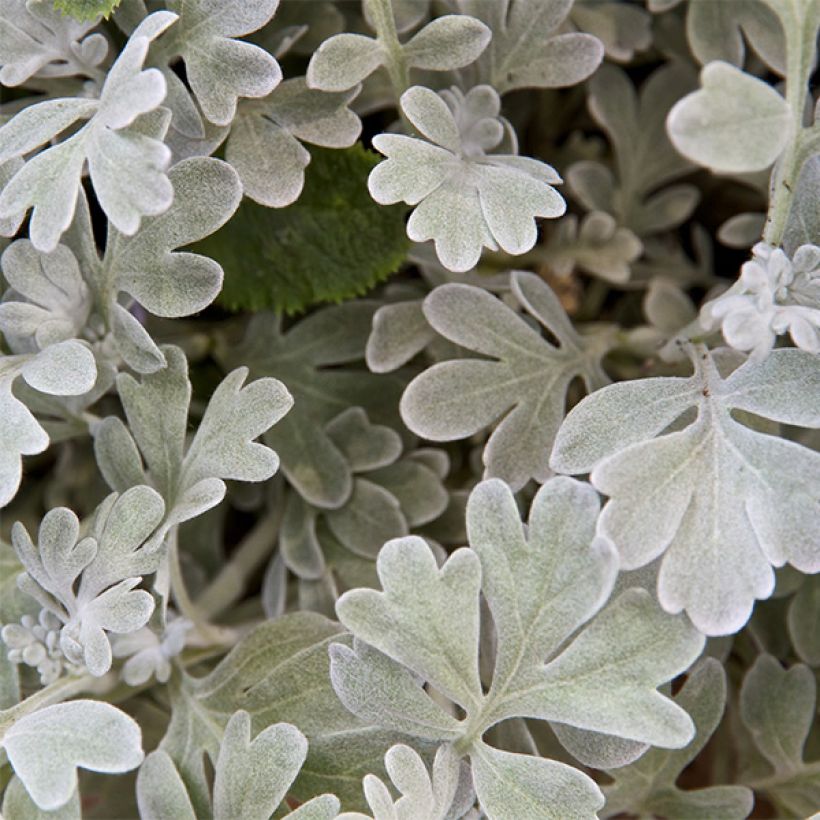

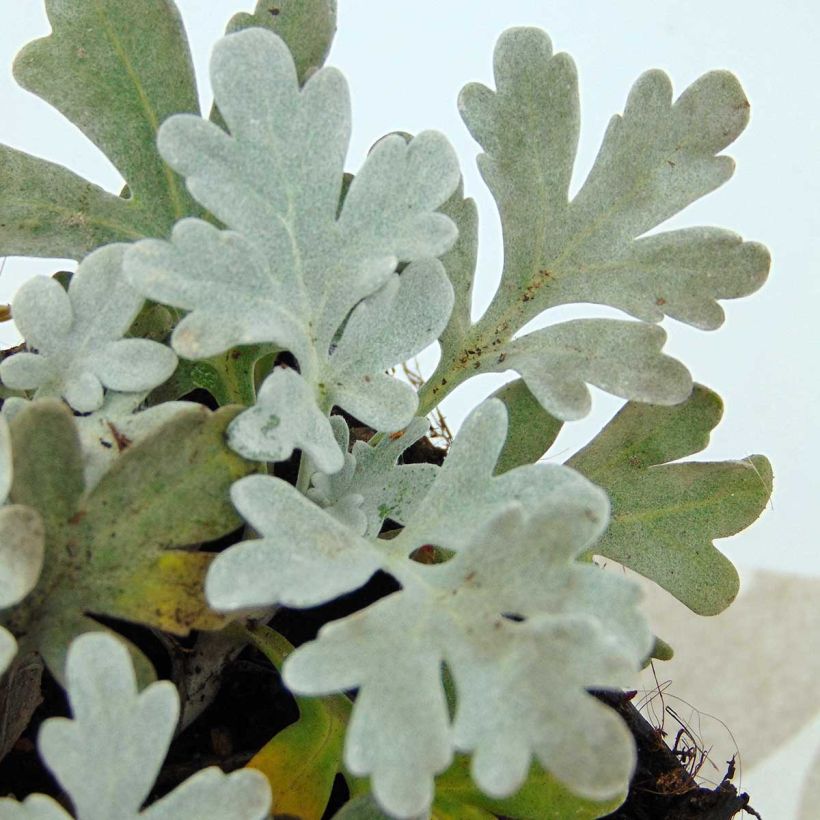

Flowering
Foliage
Plant habit
Botanical data
Artemisia
stelleriana
Boughton Silver
Asteraceae
Dusty Miller, Beach Wormwood, Oldwoman, Hoary Mugwort
Artemisia stelleriana 'Mori's Form', Artemisia stelleriana var. prostrata, Artemisia stelleriana 'Silver Brocade', Artemisia stelleriana 'Mori's Strain'
Cultivar or hybrid
Other Artemisia
Planting and care
If you want to grow 'Boughton Silver' mugwort, plant it in a sunny spot with light, well-draining soil like sandy soil. Spring or early autumn is the best time to plant it, and when you do, add two handfuls of coarse sand or gravel to the base. This plant is tough, but like most mugworts, it won't survive long in heavy soil, even if it drains well. If you grow it under optimal conditions, it can spread quickly through rhizomes and sowing and take up a lot of space in your garden. Remove any flower heads that don't add to the plant's beauty. To keep it compact, trim its foliage at least once a year during the start of vegetation.
Planting period
Intended location
Care
Ground cover perennials
Haven't found what you were looking for?
Hardiness is the lowest winter temperature a plant can endure without suffering serious damage or even dying. However, hardiness is affected by location (a sheltered area, such as a patio), protection (winter cover) and soil type (hardiness is improved by well-drained soil).

Photo Sharing Terms & Conditions
In order to encourage gardeners to interact and share their experiences, Promesse de fleurs offers various media enabling content to be uploaded onto its Site - in particular via the ‘Photo sharing’ module.
The User agrees to refrain from:
- Posting any content that is illegal, prejudicial, insulting, racist, inciteful to hatred, revisionist, contrary to public decency, that infringes on privacy or on the privacy rights of third parties, in particular the publicity rights of persons and goods, intellectual property rights, or the right to privacy.
- Submitting content on behalf of a third party;
- Impersonate the identity of a third party and/or publish any personal information about a third party;
In general, the User undertakes to refrain from any unethical behaviour.
All Content (in particular text, comments, files, images, photos, videos, creative works, etc.), which may be subject to property or intellectual property rights, image or other private rights, shall remain the property of the User, subject to the limited rights granted by the terms of the licence granted by Promesse de fleurs as stated below. Users are at liberty to publish or not to publish such Content on the Site, notably via the ‘Photo Sharing’ facility, and accept that this Content shall be made public and freely accessible, notably on the Internet.
Users further acknowledge, undertake to have ,and guarantee that they hold all necessary rights and permissions to publish such material on the Site, in particular with regard to the legislation in force pertaining to any privacy, property, intellectual property, image, or contractual rights, or rights of any other nature. By publishing such Content on the Site, Users acknowledge accepting full liability as publishers of the Content within the meaning of the law, and grant Promesse de fleurs, free of charge, an inclusive, worldwide licence for the said Content for the entire duration of its publication, including all reproduction, representation, up/downloading, displaying, performing, transmission, and storage rights.
Users also grant permission for their name to be linked to the Content and accept that this link may not always be made available.
By engaging in posting material, Users consent to their Content becoming automatically accessible on the Internet, in particular on other sites and/or blogs and/or web pages of the Promesse de fleurs site, including in particular social pages and the Promesse de fleurs catalogue.
Users may secure the removal of entrusted content free of charge by issuing a simple request via our contact form.

































